Tag Archive: Driving safety

Crashes Increase After Red Light Cameras Are Removed
November 24, 2014
A recent report by WBBH TV in Florida shows that crashes increased at intersections after red light cameras were removed. The Collier County, FL board of commissioners voted in 2013 to remove red light cameras saying there was no proof they made the streets safer. In their report, WBBC compared crash data during the 18 months after the cameras were removed to crash data for the 47 months the cameras were in use. The results showed that, on average, there were ten more crashes per month after the cameras were removed than when they were there. Continue Reading
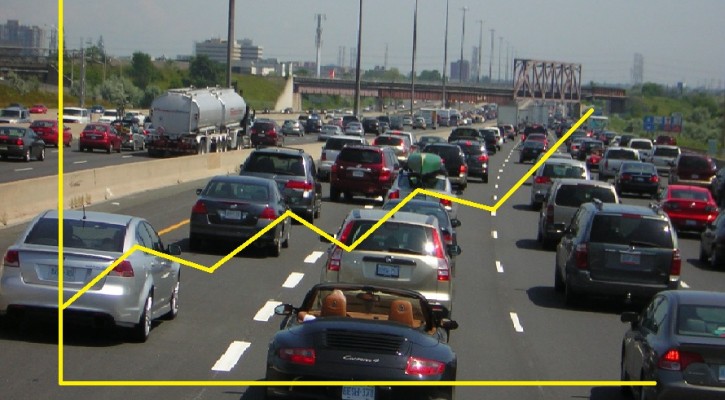
A Single Statistic: Anti-Texting Laws
October 9, 2014
Do Anti-texting laws work? A recent study shows that understanding a single statistic can change the public’s attitude on the need for safe driving laws. With that in mind, we are posting a series of single statistics on a variety of traffic safety issues. Many lawmakers are reluctant to enact driving safety laws because they feel – rightly or wrongly – that the public doesn’t support such reforms. If your state legislature is debating a traffic safety issue, it’s hoped that this single statistic will provide the public with the knowledge needed to make informed decisions that they can then share with their representatives.
The Issue: Anti-texting laws
- According to the Center for Disease Control, 31% of U.S. drivers ages 18-64 reported that they had read or sent text messages or email messages while driving at least once within the 30 days before they were surveyed.
- In 2011, 3,331 people were killed in crashes involving a distracted driver, compared to 3,267 in 2010.
- According to Distraction.gov, 10% of all drivers under the age of 20 involved in fatal crashes were reported as distracted at the time of the crash. This age group has the largest proportion of drivers who were distracted.
- A quarter of teens respond to a text message once or more every time they drive.
The Risks:
- When texting, a driver’s eyes are off the road for approximately five seconds. In five seconds, at 40 mph, a car will travel 330 feet. That’s equivalent to driving more than the length of a football field while blindfolded.
- Engaging in visual-manual subtasks (such as reaching for a phone, dialing and texting) associated with the use of hand-held phones and other portable devices increased the risk of getting into a crash by three times.
Primary or Secondary Anti-texting laws:
- Some states have passed “primary” laws banning texting by all or a portion of their drivers. A primary anti-texting law allows law enforcement to stop and ticket a driver just for texting while driving.
- Other states have passed “secondary” anti-texting laws. With a secondary law, law enforcement can only issue an anti-texting ticket to a driver if they witness a driver engaged in another primary driving offense such as speeding or running a red light while texting.
To see a list of states with primary or secondary cell phone and anti-texting laws, visit: Cellphones and texting
The Single Statistic:
According to a study by the University of Alabama at Birmingham School of Public Health:
- Primary anti-texting laws were associated with a three percent reduction in traffic deaths among all age groups.
- Primary texting laws that only target young drivers were associated with an 11 percent reduction of fatalities among the 15 to 21 year age group.
- States with secondarily enforced or no restrictions did not see any significant reductions in traffic fatalities.
Find your representative:
If you wish to share your thoughts on this issue with your state representatives, you can find their contact information by visiting: Find Your State Legislator – Open States

Are Technology Companies Trying To Kill Us?
October 7, 2014
To stay competitive, computer technology companies are always in a rush to come out with the latest and greatest new gizmo that people didn’t even know they wanted or needed. When it comes to motor vehicles, some of the new technology can help to make driving safer but most of the new technology will, in all probability, add to the dangers on the road. Let’s look at some of the latest innovations and how they could impact driving safety.
Wireless Connectivity
We’ve already addressed the push by the federal government to develop wireless connectivity in motor vehicles to enable cars to “talk” to each other. It’s hoped that this technology (known as Vehicle-to-Vehicle communication, or V2V) will warn a driver if another car is on a collision path. It could save a lot of lives but that technology is quite a few years away. However, automakers and mobile phone companies are rushing to add wireless technology to cars now; not to keep track of other vehicles other vehicles but to allow vehicle occupants access to the web at all times. The argument could be made that they aren’t advocating that drivers use computers but, human nature being what it is, many will be tempted to use their computers while driving.
Google Glass
With Google Glass, a driver won’t need a laptop. He or she can have access to a computer screen at all times. The inventors of this device say the underlying principle isn’t meant to distract but rather to connect people more to the world around them. Regardless of their intentions, reading emails or viewing stock reports while driving is a major distraction. Google is currently fighting efforts by some states to ban the use of Google Glass while driving.
Apple Watch and Android Wear “wristwatches”
Both Apple and Google are competing to put full computer technology into a wristwatch sized device. Both advertise the ability of their watches to allow the user to receive texts and emails. Now a driver can try to read his or her emails on a teeny tiny screen. A driving safety organization in Great Britain has already published a warning about the dangers of Apple Watch.
Bluetooth
Several automakers have incorporated Bluetooth technology into their cars enabling the driver to make hands free calls by syncing the driver’s phone to the car radio,. While at first, this may seem like a better option but a recent joint study by AAA and the University of Utah shows that the opposite is true. The results of their research show that using a hands free phone can be more distracting than just picking up the phone itself.
The best advice remains to put down the phone/ glass/watch and just concentrate on driving.
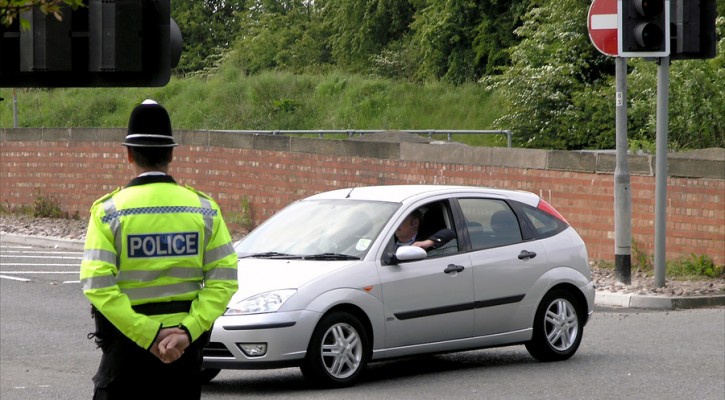
Driver Behavior VS Technology
September 24, 2014
Ignoring driver behavior in favor of technology is killing people according to an an editorial that is going viral on news websites. Leonard Evans, president of Science Serving Society writes that the US is failing in its efforts to prevent motor vehicle deaths because of its focus on the wrong area of automotive safety.
In his editorial, Dr. Evans cites the difference in traffic death rates between the US and other industrialized nations. Since the highest recorded highway death rates in 1972, the US traffic death rate has fallen by 41 percent however, during the same period, the Netherlands and Germany’s traffic fatality rates have fallen by 81 percent and Great Britain’s fell by 76 percent.
The difference between the US and the other top performing industrialized countries is the US reliance on technology to improve survival rates during a crash. Rather than relying on technology alone, the other top performing nations worked hard to prevent crashes altogether by changing driver behavior through a combined use of technology and enforcement of sensible traffic laws. Read more: U.S. traffic safety misleads the public
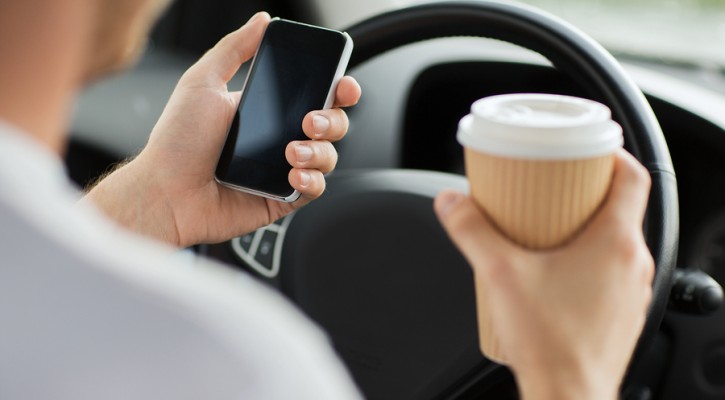
Do Anti-Texting Laws Work?
July 9, 2014
In a study published in the American Journal of Public Health, researchers looked at traffic deaths in 48 states over a ten year period (2000-2010) and compared traffic deaths in states with texting bans to states without. In those states with texting bans, they compared traffic fatalities within the state before and after the texting ban went into effect. For states with primary anti-texting laws, the results are positive. Read more: The impact of texting laws on motor vehicle fatalities
The Human And Economic Costs Of Traffic Crashes
July 8, 2014
An interesting infographic that shows the human and economic toll of car crashes.
From: Bankrate Insurance’s CarInsuranceQuotes.com
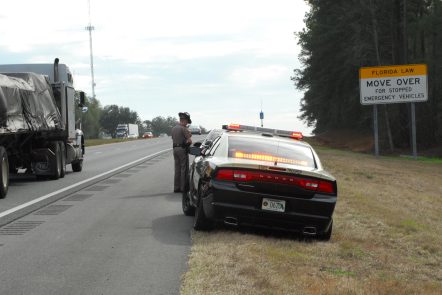
Move Over Law: Life Saver Or Income Generator
May 21, 2014
A recent Atlanta TV station report interviewed Atlanta area drivers who received tickets for failure to comply with Georgia’s Move Over Law and seems to question the motives behind the enforcement of that law, especially in certain Atlanta metro counties.
For those unfamiliar with this law and, according to a 2007 survey, that’s approximately 70% of you, the Move Over Law was designed to protect emergency workers and first responders who are working on the side of the roadway. Since 1999, 213 law enforcement officers have been struck and killed while aiding motorists on the side of the roadway, an average of more than one per month.
The need for the law was re-emphasized recently by the death of a veteran Florida Highway Patrol officer and mother of a four year old boy. While working a crash scene on a Florida interstate, Trooper Chelsea Richard was struck and killed when a pickup truck traveled onto the shoulder of the road and struck her patrol vehicle. A tow truck operator and pedestrian were also killed.
A version of the Move Over Law has been enacted in all 50 states and requires motorists who encounter an emergency vehicle on the side of the roadway, with its emergency lights flashing, to move over into a lane away from that of the emergency vehicle or, if it’s impossible to move over into the opposite lane, to slow down to a safe speed. Kansas passed the first Move Over Law in 2000, and Hawaii became the 50th state to enact a version of the law in 2012.
The problem with the law, as written in some states, is that it is vaguely worded. Georgia’s law requires that motorists who are unable to move over into another lane “reduce the speed of the motor vehicle to a reasonable and proper speed for the existing road and traffic conditions, which speed shall be less than the posted speed limit, and be prepared to stop.”
The drivers cited in the TV report claim that they had slowed down but were issued tickets anyway. While they felt that the purpose of the law is necessary, they felt it was being misinterpreted by some law enforcement agencies and some, based on the number of tickets written in certain Georgia counties, feel that those counties are subverting the intent of the law to generate extra income for county coffers.
Other state Move Over Laws are less vague. Florida’s law requires that motorists who are unable to move over into another lane “Shall slow to a speed that is 20 miles per hour less than the posted speed limit when the posted speed limit is 25 miles per hour or greater; or travel at 5 miles per hour when the posted speed limit is 20 miles per hour or less. That requirement is easily understood by motorists and can be measured by law enforcement officers.
Florida’s law not only includes emergency vehicles such as police and fire but also tow trucks and a recently passed amendment to the law will include sanitation vehicles (garbage and recycling trucks) and utility service vehicles (water, gas, electric, or cable) that are parked by the side of the road with emergency lights flashing. Basically, in Florida, if you see any vehicle parked by the side of the road with blue, red, or amber lights flashing, you should treat it as an emergency vehicle and know that the Move Over Law applies.
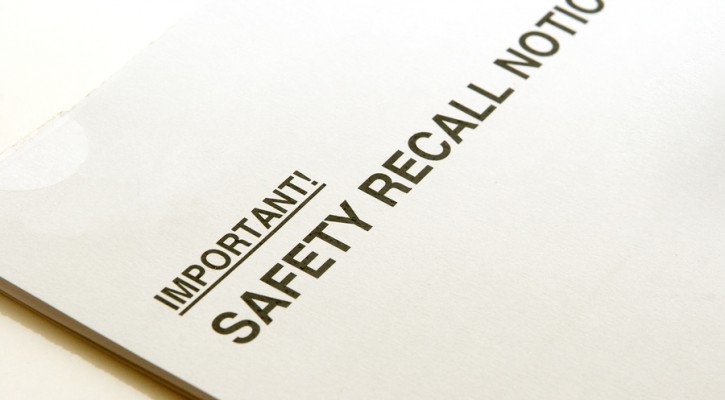
Recall Repairs Not Required For Rental And Used Cars
May 12, 2014
There is currently no law requiring used car dealers and rental car agencies to make vehicle recall repairs before renting or selling to the public and some renters and purchasers have found out about this lack of legislation the hard way. Read more: Recalled Used Cars Roam the Roads as Federal Legislation Stalls

![The Human and Economic Toll of Car Crashes [Infographic]](http://www.carinsurancequotes.com/Media/Default/Infographics/car-crash-infographic-600px.png)